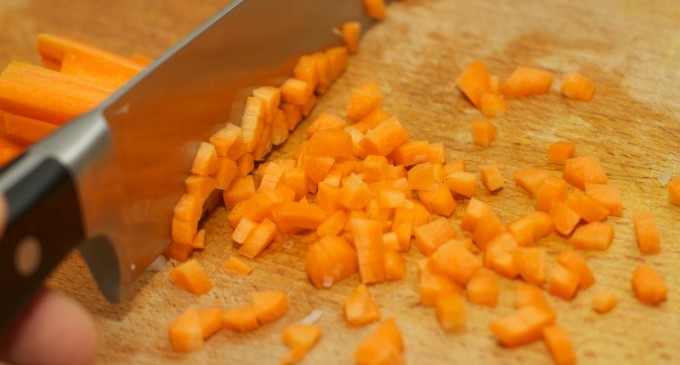
Shopping for quality knives can be a bit daunting. This is because there are so many choices. However, these key differences between German and Japanese knives will make the process a whole lot easier!
The Differences Between German And Japanese Knives Include:
When you're shopping for a new knife, it's likely that you'll come across two main types of knives: German and Japanese. If you're buying a knife from a reputable manufacturer, one may be better-suited to your needs. Here's how to know:
What Defines a German Knife?
Angle : 20 to 22 degrees.
Shape : The geometry of a German knife is curved, which facilitates the rocking style of chopping.
Weight : Weight varies from blade to blade, but German knives tend to be heavyweights.
Thickness : On the thicker side — especially at the bolster (i.e.m the part where the blade meets the handle).
Steel : On the softer side; 56 to 58 on the Rockwell scale.What Defines a Japanese Knife?
Angle : 12 to 15 degrees.
Shape : In general, Japanese knives have a straighter edge that's better-suited to chopping and making clean slices.
Weight : Lightweight; the eight-inch Global Classic Chef's Knife weighs 5.5 ounces .
Thickness : Thinner and often bolster-free.
Steel : Typically harder; 60 to 61 on the Rockwell scale.Which Is Right for You?
A Japanese blade is slim, razor-sharp, and lightweight. It's ideal for precise work, which makes sense, Japanese cooking is more particular and careful. The heavier, thicker, and all-around more robust German knife is ideal for, well, more robust chores.
Finished!
Now that you know the differences between German and Japanese, you will be better able to pick out the best one. Which knife do you use?
Let Us Know Your Preference!
Article Source: The Kitchn


There are no comments at the moment, do you want to add one?
Write a comment